Beta Explained: What It Is and How to Calculate It
Valutico
FEBRUARY 13, 2025
In the world of finance and investing, the concept of beta plays a vital role in assessing an investment’s risk and volatility. Whether you’re a seasoned investor or new to the market, understanding beta can empower you to make informed decisions. What is beta and how do you calculate beta?

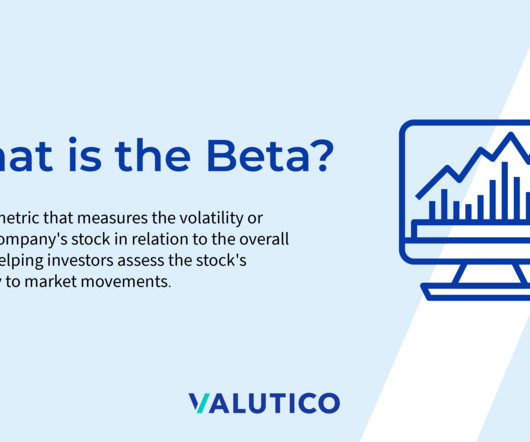
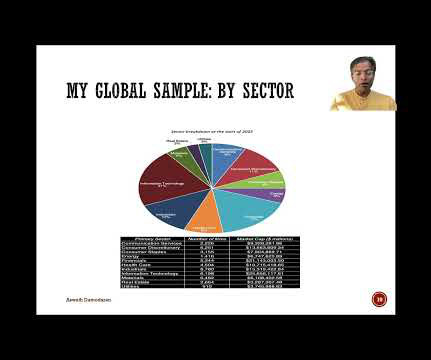

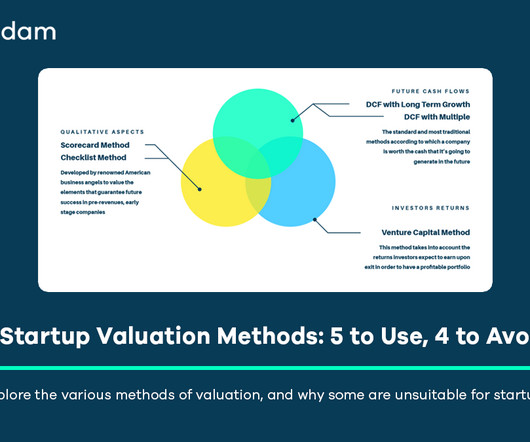
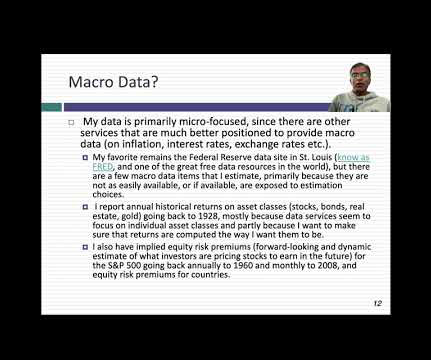
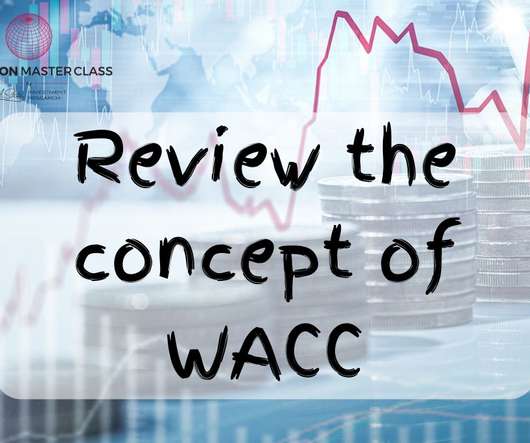
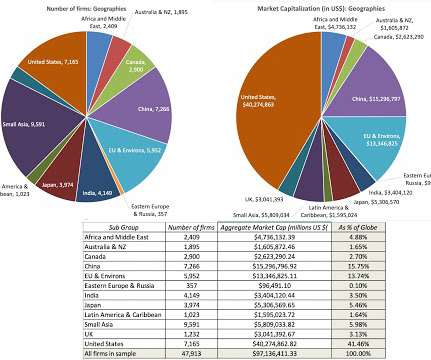


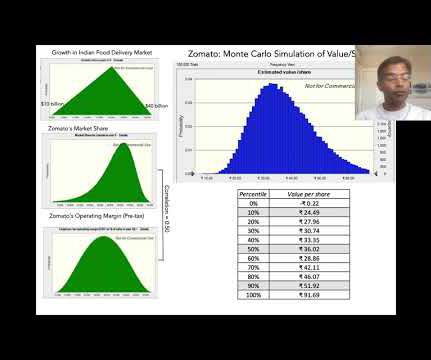
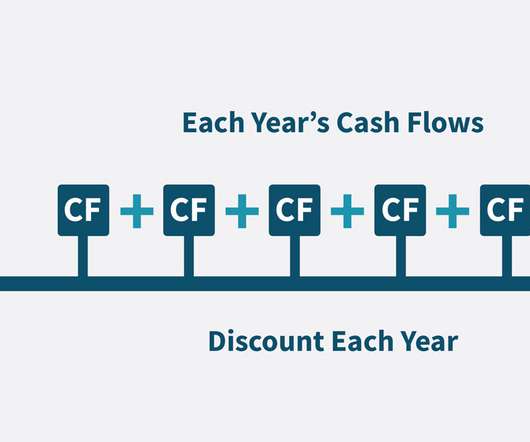

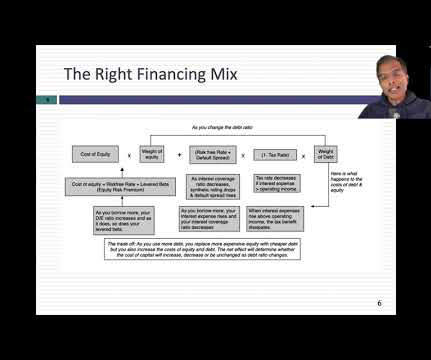






Let's personalize your content